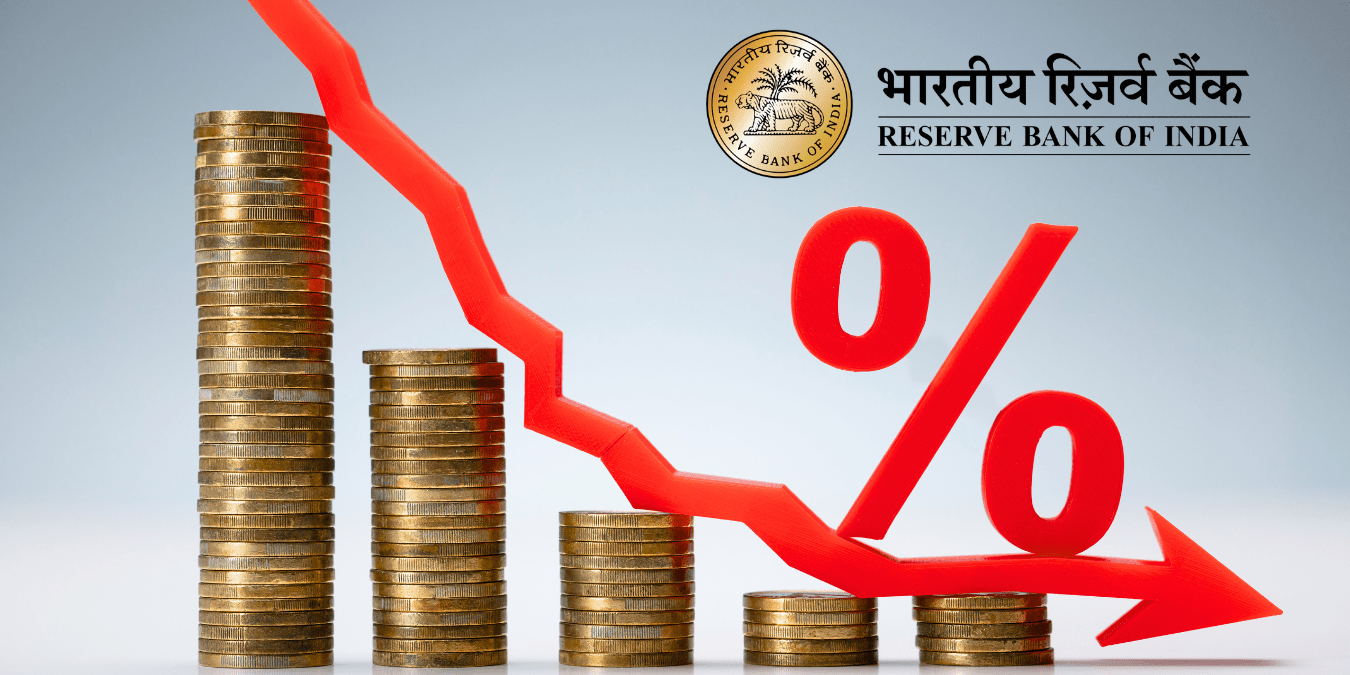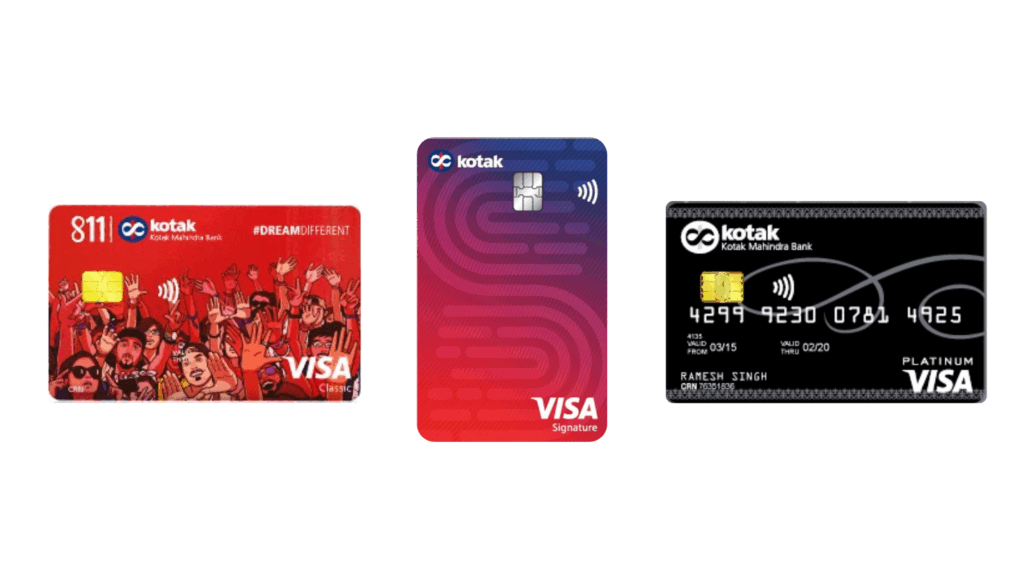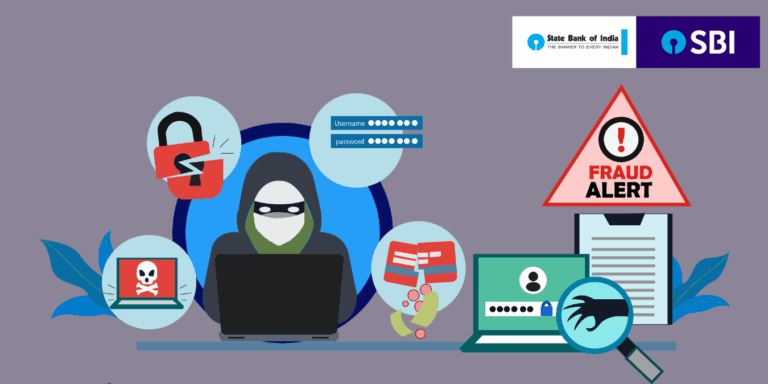
” Learn about the rise of digital arrest frauds, how scammers target vulnerable victims, and practical steps to protect yourself. Stay informed on cybercrime trends, recognize red flags, and safeguard your finances. Read our comprehensive guide to avoid falling victim to these sophisticated scams. “
In today’s digital age, where technology has become an integral part of our lives, cybercriminals are constantly evolving their tactics to exploit unsuspecting individuals. One of the most alarming trends in recent years is the rise of digital arrest frauds. This sophisticated scam preys on vulnerable victims, leaving them emotionally and financially devastated. In this comprehensive blog post, we’ll delve into what digital arrest frauds are, how scammers operate, who they target, and most importantly, how you can protect yourself from falling victim to this growing threat.
What is Digital Arrest Fraud?
Digital arrest fraud is a type of cybercrime where scammers impersonate law enforcement officials, government agencies, or legal authorities to intimidate and extort money from their victims. The term “digital arrest” refers to the psychological manipulation used by fraudsters to make victims believe they are under arrest or facing legal action unless they comply with the scammer’s demands.
These scams often involve threats of arrest, fines, or even imprisonment for alleged crimes such as tax evasion, illegal immigration, or involvement in criminal activities. The scammers use fear and urgency to pressure victims into paying large sums of money or sharing sensitive personal information.
Here are some statistics on digital arrest frauds:
- Financial Impact:
- Total Losses: Between January and October 2024, Indians lost approximately ₹2,140 crore (about USD 5 million) to digital arrest scams.
- Average Loss per Victim: The average financial loss per victim was around ₹2.3 lakh.
- Complaint Volume:
- Total Complaints: The National Cybercrime Reporting Portal recorded 7.4 lakh complaints of digital arrest scams in the first four months of 2024.
- Yearly Comparison: In 2023, there were 15 lakh complaints registered, indicating a significant rise in scam activities.
- Scam Techniques:
- Blocked Accounts: Authorities have blocked over 6 lakh suspect phone numbers and frozen 3.25 lakh bogus bank accounts.
- Spoofed Calls: More than 6.69 lakh SIM cards and 1.32 lakh IMEIs were blocked due to their involvement in spoofed calls related to digital arrest scams.
- Victim Demographics:
- Affected Individuals: Over 92,000 Indians were affected by digital arrest scams in 2024.
- Age Groups: Elderly individuals and middle-aged adults are the most common victims.
These statistics highlight the growing threat of digital arrest frauds and the importance of staying vigilant.
Understanding Digital Arrest Frauds
Digital arrest frauds involve scammers impersonating law enforcement or government officials to deceive victims into believing they are under virtual arrest. These fraudsters use various tactics, including phone calls, emails, and video calls, to create a sense of urgency and fear. Victims are often coerced into transferring money to avoid supposed legal consequences.
Who Are the Targets of Digital Arrest Frauds?
Scammers often target individuals who are more likely to believe their claims and comply with their demands. Some of the most vulnerable groups include:
- Elderly Individuals: Older adults may be less familiar with technology and more trusting of authority figures, making them easy targets.
- Immigrants: Scammers exploit the fear of deportation or legal issues related to immigration status.
- Students and Young Adults: Younger individuals may be more susceptible to scams due to limited life experience and financial literacy.
- Professionals: High-income earners or business owners may be targeted with claims of tax evasion or financial fraud.
Real-Life Cases
- Nerul Professor Case (February 2025): A 58-year-old professor was defrauded of ₹1.81 crore by scammers posing as income tax officers.
- Vardhman Group Chairman S.P. Oswal Case (September 2024): Fraudsters deceived him into transferring ₹6.9 crore into a “secret supervision account”
How Scammers Target Vulnerable Victims
Scammers employ psychological tactics to exploit their victims’ fears and vulnerabilities. Here are some common methods:
- Creating a Sense of Urgency: Scammers fabricate scenarios that require immediate action, such as claiming a bank account is at risk of closure or an imminent arrest.
- Impersonation: They pose as officials from agencies like the Enforcement Directorate (ED), Central Bureau of Investigation (CBI), or the Reserve Bank of India (RBI).
- Intimidation Tactics: Using threats of arrest or legal action, scammers instill fear in their victims.
- Fake Documents and Videos: Fraudsters present counterfeit government letters, arrest warrants, and even fraudulent online court hearings.
How Do Digital Arrest Scams Work?
Digital arrest frauds are highly organized and rely on social engineering tactics to manipulate victims. Here’s a step-by-step breakdown of how these scams typically unfold:
- Initial Contact
Scammers often initiate contact via phone calls, emails, or text messages. They may spoof caller IDs to make it appear as though the call is coming from a legitimate government agency, such as the IRS, police department, or immigration office.
- Creating Fear and Urgency
The scammer claims that the victim is involved in a serious crime, such as money laundering, drug trafficking, or identity theft. They use threatening language to create a sense of panic and urgency, warning the victim that they will be arrested immediately unless they comply.
- Demanding Payment or Information
The scammer demands payment in the form of gift cards, wire transfers, or cryptocurrency to “settle” the alleged charges. In some cases, they may also ask for sensitive personal information, such as Social Security numbers, bank account details, or passwords.
- Isolating the Victim
To prevent the victim from seeking help or verifying the legitimacy of the claims, scammers often instruct them not to tell anyone about the situation. They may even keep the victim on the phone for hours, further isolating them and increasing their vulnerability.
- Disappearing After Payment
Once the victim pays or provides the requested information, the scammer disappears, leaving the victim with significant financial losses and emotional distress.
How can I identify a scam call?
Identifying a scam call can be challenging, but there are several red flags to watch out for. Here are some tips to help you recognize a scam call:
- Unexpected Calls: Be cautious if you receive a call from someone claiming to be from a government agency, bank, or other official organization, especially if you weren’t expecting it.
- Urgent or Threatening Language: Scammers often use urgent or threatening language to create a sense of panic. They might claim you owe money, are under investigation, or face arrest if you don’t act immediately.
- Requests for Personal Information: Legitimate organizations will never ask for sensitive information like your Social Security number, bank account details, or passwords over the phone.
- Unusual Payment Methods: Be wary if the caller asks you to make payments via wire transfer, gift cards, cryptocurrency, or payment apps. These methods are often used by scammers because they are hard to trace.
- Caller ID Spoofing: Scammers can manipulate caller ID to make it appear as though the call is coming from a legitimate source. Don’t trust the caller ID alone.
- Too Good to Be True Offers: If the caller claims you’ve won a prize, lottery, or grant but asks for a fee to claim it, it’s likely a scam.
- Pressure to Act Quickly: Scammers often pressure you to make quick decisions without giving you time to think or verify the information.
- Inconsistent Information: If the caller’s story doesn’t add up or they provide inconsistent information, it’s a red flag.
- No Written Confirmation: Legitimate organizations will provide written confirmation of any claims or requests. If the caller refuses to send written documentation, be suspicious.
- Unsolicited Tech Support: Be cautious of calls claiming to be from tech support, especially if you didn’t request assistance. Scammers often use this tactic to gain access to your computer.
If you suspect a call is a scam, hang up immediately and report it to the appropriate authorities. Remember, it’s always better to be cautious and verify the information independently.
How to Protect Yourself from Digital Arrest Frauds
Protecting yourself from digital arrest frauds requires vigilance and awareness. Here are some practical steps you can take:
- Verify the Caller’s Identity
If you receive a call from someone claiming to be a government official or law enforcement officer, ask for their name, badge number, and contact information. Hang up and verify their identity by contacting the official agency directly using a phone number from their official website.
- Don’t Share Personal Information
Never share sensitive personal information, such as Social Security numbers, bank account details, or passwords, over the phone or via email.
- Be Skeptical of Threats
Legitimate government agencies will never threaten you with immediate arrest or demand payment over the phone. If you feel pressured or threatened, it’s likely a scam.
- Educate Yourself and Others
Stay informed about the latest scams and share this information with friends and family, especially those who may be more vulnerable.
- Use Call-Blocking Tools
Consider using call-blocking tools or apps to filter out potential scam calls.
- Report Suspicious Activity
If you suspect you’ve been targeted by a digital arrest scam, report it to your local law enforcement agency and the Federal Trade Commission (FTC) in the U.S. or the appropriate authority in your country.
What should I do if I receive a scam call?
If you receive a scam call, it’s important to handle it carefully to protect yourself. Here are some steps you can take:
- Do Not Engage: Avoid engaging with the caller. Do not provide any personal information or respond to their questions.
- Hang Up Immediately: If you suspect the call is a scam, hang up right away. Do not try to argue or reason with the caller.
- Block the Number: Use your phone’s call-blocking feature to block the number. This will prevent the scammer from calling you again.
- Report the Call: Report the scam call to the appropriate authorities. In India, you can report it to the National Cyber Crime Reporting Portal or your local police.
- Check Your Accounts: After receiving a scam call, monitor your bank accounts and credit reports for any unusual activity.
- Educate Yourself: Stay informed about common scam tactics and how to recognize them. This will help you avoid falling victim to future scams.
- Use Call-Blocking Apps: Consider using call-blocking apps or services provided by your phone carrier to reduce the number of scam calls you receive.
- Register with Do Not Call Lists: Register your phone number with the National Do Not Call Registry to reduce the number of telemarketing calls you receive.
By following these steps, you can protect yourself from scam calls and reduce the risk of falling victim to fraud.
Government Initiatives
The Indian government has taken several steps to combat digital arrest frauds:
- Indian Cyber Crime Coordination Centre (I4C): This office deals with all types of cybercrimes in a coordinated manner.
- Awareness Campaigns: The government has launched comprehensive awareness programs, including newspaper advertisements, social media posts, and special programs on Aakashvani.
- Blocking Fraudulent Accounts: Authorities have blocked over 6 lakh suspect phone numbers and frozen 3.25 lakh bogus bank accounts.
- National Cyber Crime Reporting Portal: This portal allows the public to report cyber crimes, with a special focus on crimes against women and children.
Why Are Digital Arrest Frauds on the Rise?
Several factors contribute to the increasing prevalence of digital arrest frauds:
- Advancements in Technology: Scammers use sophisticated tools like caller ID spoofing and voice-altering software to make their claims appear legitimate.
- Lack of Awareness: Many people are unaware of these scams and how they operate, making them more likely to fall victim.
- Global Reach: The internet allows scammers to target victims across the globe, making it difficult for law enforcement to track them down.
- High Rewards, Low Risk: Digital arrest frauds are highly profitable for scammers, and the risk of getting caught is relatively low.
The Role of Technology in Combating Digital Arrest Frauds
While technology has enabled scammers to carry out digital arrest frauds, it can also be a powerful tool in the fight against cybercrime. Here are some ways technology is being used to combat these scams:
- AI-Powered Call Screening: Advanced algorithms can detect and block scam calls in real-time.
- Blockchain for Secure Transactions: Blockchain technology can help prevent fraudulent transactions by providing a secure and transparent record of financial activities.
- Public Awareness Campaigns: Governments and organizations are using social media and other digital platforms to raise awareness about digital arrest frauds and educate the public.
Digital arrest frauds are a growing threat in our increasingly connected world. By understanding how these scams work and taking proactive steps to protect yourself, you can reduce the risk of falling victim to these malicious schemes. Remember, legitimate government agencies will never threaten you with arrest or demand immediate payment over the phone. Stay informed, stay vigilant, and share this knowledge with others to help create a safer digital environment for everyone.
-
The 8.10% Home Loan: Why PNB’s Rate Cut is Both a Blessing and a ‘Goldilocks’ Trap for Indian Buyers in 2025
The 8.10% rate cut looks like a gift, but PNB’s new “Goldilocks” clause hides a mathematical trap for
-
The 0.25% Illusion: Why the Latest Rate Cuts by Bank of India, Indian Bank & Bank of Baroda Hide a Bigger Opportunity for You
Your lower home loan rate might be an illusion. While headlines cheer the RBI cut, a hidden “Reset
-
The RBI 25 bps Rate Cut: Why Your Wallet and the Economy is About to Feel Different
The 5.25% rate cut hides a shocking secret: money is actually tighter than before. While home loans drop,
































